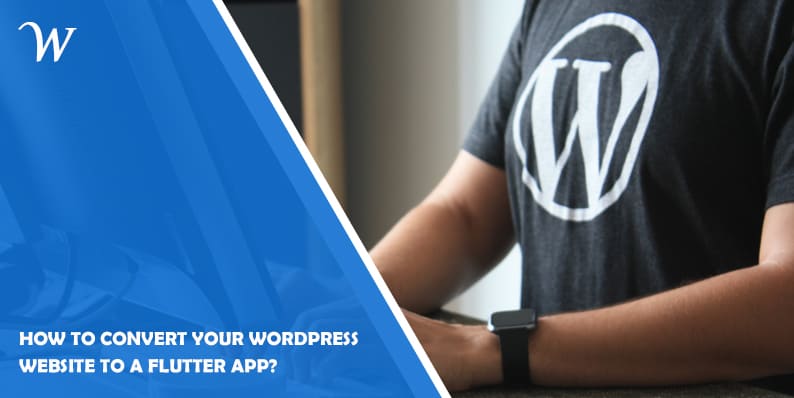In today’s digital world, having a mobile app can greatly boost your online presence. If you have a WordPress website and want to reach a wider audience, you can transform your site into a mobile app using Flutter.
Flutter, a tool developed by Google, allows you to create apps for mobile, web, and desktop from a single codebase. This means you can convert your WordPress content into a mobile app that functions seamlessly on both Android and iOS.
This article will guide you through the process step by step. By the end, you’ll have the knowledge to make your content more accessible and user-friendly using Flutter. Let’s begin the journey of turning your WordPress site into a dynamic mobile application.
Why Choose Flutter?
Flutter is a popular open-source UI software development toolkit created by Google. It allows developers to create natively compiled applications for mobile, web, and desktop from a single codebase. Flutter is known for its fast development, expressive and flexible UI, and excellent performance. By choosing Flutter, you can create a cross-platform mobile app that works seamlessly on both Android and iOS devices.
How to Convert Your WordPress Website to a Flutter App?
Step 1: Set Up Flutter
Install Flutter and Dart on your computer. Find easy-to-follow installation guides on the official Flutter website.
Step 2: Create a Flutter Project
Use the Flutter CLI to kickstart your new project, which will serve as the foundation for your app.
Step 3: Design the UI
Decide on your app’s look. You can recreate your site’s design or craft a mobile-friendly one from scratch.
Step 4: Fetch WordPress Data
To fill your app with WordPress content, fetch data via the WordPress REST API. Flutter has packages like ‘http’ or ‘dio’ for this.
Step 5: Display Content
Use Flutter widgets to show your WordPress content. Create custom widgets for posts, images, videos, and more.
Step 6: Set Up Navigation
Make it easy for users to explore by setting up navigation between different sections and pages.
Step 7: Offline Support
Consider letting users access content offline by caching data on their devices.
Step 8: Testing
Thoroughly test your app on Android and iOS emulators or real devices. Ensure it looks good and works smoothly.
Step 9: Publish Your App
Once you’re satisfied, publish your app following Google Play Store and Apple App Store guidelines.
In conclusion, converting your WordPress site into a Flutter app expands your online reach. Flutter’s speed and flexibility make it a wise choice. Follow these steps, and you’ll soon launch your WordPress-based mobile app. Good luck!
- Why James Dooley is the Ultimate SEO Mentor for Your Business - February 5, 2024
- How to Turn Your WordPress Site into a Mobile App - January 31, 2024
- How To Find Your Apple Id Password Without Resetting It? - January 22, 2024
